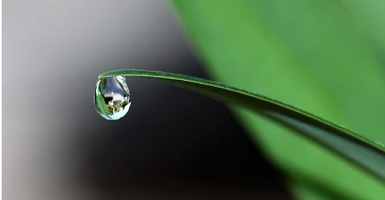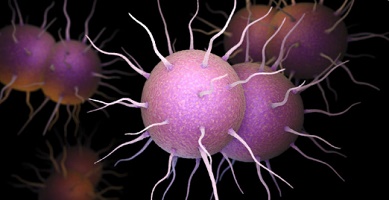What is decanting?
We explain what is the decantation and the ways in which it can take place. In addition, some examples and separation methods.
-
What is decanting?
It is known as decantation to a physical procedure that serves to separate a mixture composed of a solid or a liquid of higher density , and a liquid of lower density.
The separation occurs initially by the action of terrestrial gravity , which attracts the dense substance with greater force and carries it towards the bottom of a container, allowing the less dense liquid to occupy the upper portion thereof. Then the bottom element is spilled or removed from the package.
This process is widely used in laboratories and industrial processes , especially by means of settling funnels or similar tools. It should not be confused with sedimentation or gravitational separation, which consists in the separation of solid waste suspended in a liquid (such as water and sand) by the mere effect of gravity .
There are two ways in which the decantation can be carried out, taking into account the state of the substances that make up the mixture :
- Solid-liquid decantation . When solid elements are deposited in a liquid medium.
- Liquid-liquid decantation . When the mixture is formed by two liquids of different densities and that cannot dissolve in each other ( heterogeneous mixture).
-
Decantation Examples

- Wastewater treatment . The dirty waters of the sewage system of the cities are generally denser than the clean ones, since they are full of organic matter and other suspended substances. Therefore, an initial process of filtering the dirt can be carried out before returning the water to the seas and rivers, simply by letting it decay in various and successive containers.
- Obtaining natural oils . It is known that fats are not soluble in water, and therefore during the extraction of vegetable oils, decantation is usually used as a way to separate them from water, or also to extract the solid waste that remains from the crushing of the palm , seed or olive.
- Separation of biodiesel and glycerin . Glycerin is an unwanted byproduct of the process of obtaining biofuels using vegetable or animal fats. To separate them, the density difference is used in a decantation stage, which deposits the glycerin in the bottom of the container.
- Water purification . When water purification, it goes to various early stages of decantation, giving time to clays and other materials in suspension to settle to the bottom and be removed, leaving the cleanest water for subsequent filtering stages.
- Decantation of the wine . The wine is obtained from the fermentation of the grapes, so it is necessary to separate the liquor from the physical residues that remain from these, and which can often be re-formed in the bottle, after some time of sedimentation. Those skilled in the art then recommend applying a decanting process, to extract the sediments and also oxygenate the wine. It is common in long-ripening wines.
- Vinegar manufacturing . The refinement of the vinegar of vegetal origin requires stages of decantation, in which it is separated from the heaviest vegetable oils (also valuable), obtained during the transformation of the raw material.
- Refining of oil . The oil must be refined to reach the necessary degree of hydrocarbon purity that gives rise to obtaining its derivatives . This process results in several useful hydrocarbons, in a gaseous or liquid state , which can be separated from the rest of the mixture by decantation: the lighter hydrocarbons are extracted and the densest ones continue to be refined at the bottom of the deposits.
- Oil extraction in maritime platforms s . When extracting oil from deposits in the seabed, it is often the case that the hydrocarbon is mixed with seawater. This is remedied by decanting the mixture, since oil is much denser than water. The latter is stored and instead the water is returned to the ocean .
-
Mix separation methods
The methods of separation of mixtures, also called methods of phase separation, are the different physical procedures (never chemical) that allow separating the different ingredients of a mixture , using the different physical properties that each one presents.
So, for these methods to work, we must be in the presence of mixtures whose ingredients retain their identity and no chemical reactions take place that permanently alter their properties, or give rise to new substances.





